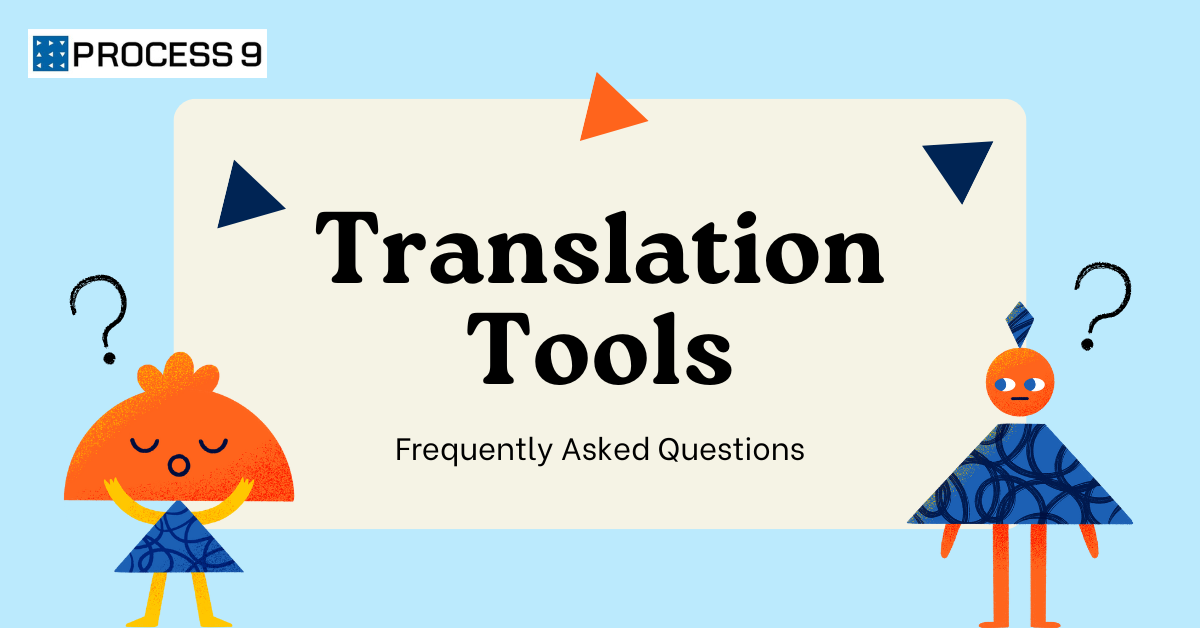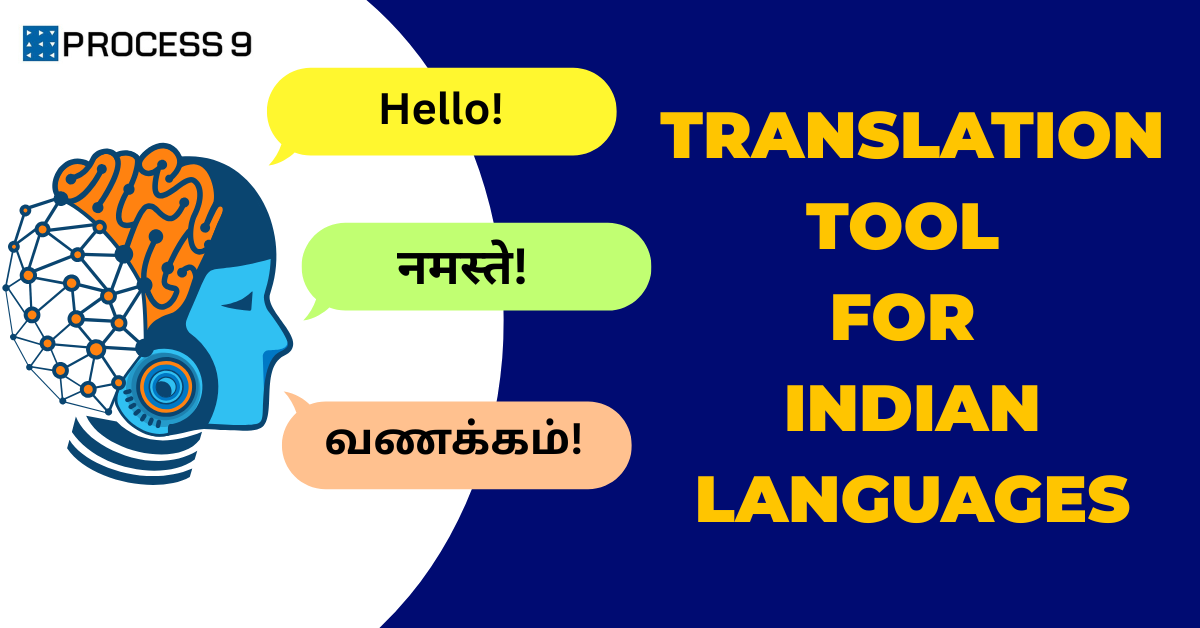Our country’s gaming industry is growing every year. As of 2022, there were 507 million online gamers in our country, and the gaming market in India stood at USD 2.6 billion. It is expected to reach USD 8.6 billion by 2027 at a compound annual growth rate of 27%. There are many high-profile games that are available on the market and nearly half of the internet users in our country like video games. Approximately 900 game development companies operate in India, and about 100 recently launched online gaming startups have received promising financial backing. The online gaming market comprises e-sports, casual games, and real-money games. This year, the gaming market in India is experiencing exceptional growth due to the entry of international game developers, and localization is playing a major role in that growth. Hindi, Tamil. Urdu, Bengali, Kannada, and Telugu are some of the fastest-growing game localization languages.
Let’s take a closer look at the ways in which localization has added value to the online gaming business.
What is game localization?
Game localization is defined as the process of adapting a game’s content in various languages so that all the players get an authentic gaming experience without language barriers. The localization process covers linguistic, cultural, and regional aspects of the content. Game localization includes the translation of in-game instructions, and in-game dialogues, adjustment of the slang and idioms to match the region and culture, matching the date and time format to each specific region, localization of audio, voice-overs, sound-tracks, and music of the game based on regional preferences.
What is the importance of game localization?
The success of a game depends on its ability to reach a wider audience. Localization also helps in increasing a loyal customer base along with a better reach. Game localization has proven to have a major role in getting higher downloads and improving overall sales. It also enhances the overall gaming experience for players across various geographies and cultures. The key objective behind game localization is to translate the game content without losing its original meaning and intent.
What is the history of game localization?
The history of game localization dates back to the 1970s when Japanese games started getting translated into English by developers who are fluent in the language. There were some poor translations made in some of the early games like ‘Zero Wing’ which became an internet meme for gamers for a long time. The Japanese game Pac-Man from 1980 adapted its title from the original title Pakkuman. Another famous game, Super Mario Bros. had packaging and documentation translated into German, French, Spanish, and Italian. However, the in-game text remained in English. In 1983, the creators of Dragon’s Lair provided the first human voiceovers for the game. Towards the 90s in-game audio localization also became a part of the game localization process
What is the process behind game localization?
Game localization involves more than translating text from one language to another. It is a comprehensive effort that needs to be properly planned and executed. As a first step, the game content needs to be analyzed for creating the right localization strategy. This includes determining the texts to be translated such as subtitles, dialogues, in-game instructions, etc, along with human voice-overs, and dubbing. Once these parameters are decided, the strings will have to be pulled from the code and pushed to the translation management system. Once the translation is complete, the resource file that contains the strings and the corresponding translations in various languages can be incorporated back into the game. Similarly, in-game audio localization includes game voice-overs for characters and narration of the sequence of events in the game. A word-to-word translation of the script might not be ideal for audio localization. Based on a script that resonates with gamers, and a voice-over partner, the audio needs to be localized in high quality without losing context. Audio localization post-production efforts are as significant as a voice-over. The file format type, naming conventions, and any other editing considerations need to be kept under check at this time.
What are the best practices in game localization?
Some of the best practices for game localization are,
- Keep the game design and coding simple enough to access all content and strings for localization. Avoid hard coding.
- Be aware of local laws and regulations, age ratings, symbols, etc, while localizing textual and multimedia content.
- Ensure device compatibility during game localization if your game has a device preference
- Leave more room for dialogues, time formats, and symbols, and keep the game’s interface flexible based on the languages
- Be sure to design the game so that it can handle languages written both left-to-right and right-to-left.
- Take cultural references, salutations, idioms, slang, date, and time formats, etc into consideration while localizing the textual and multimedia content
- Use language locales like en-US, en-UK, etc instead of flags as certain gamers find flag usage offensive
What do we offer?
Process Nine Technologies offers best-in-class language localization solutions, MoxWave, and MoxVeda that can make gaming an exciting experience in a language of your choice. MoxWave is a neural machine translation API built on advanced artificial intelligence and machine language technology. MoxVeda is a comprehensive platform that allows instant translation of your digital assets with universal compatibility with all tech stacks, architectures, CMS platforms, etc. Through MoxVeda, gaming localization can be seamless from the moment gamers sign up and throughout the game. We provide accurate translations for gaming instructions, video sequencing texts, and user commands enabling a quick launch of your game in Indian languages and thereby a faster time to market. With a unique hyper-local experience, we help game development companies maximize their user engagement and retention. With our audio localization services, we guarantee a unique narration and dialogue presentation throughout the game in multiple languages without losing the game’s context.







Share: